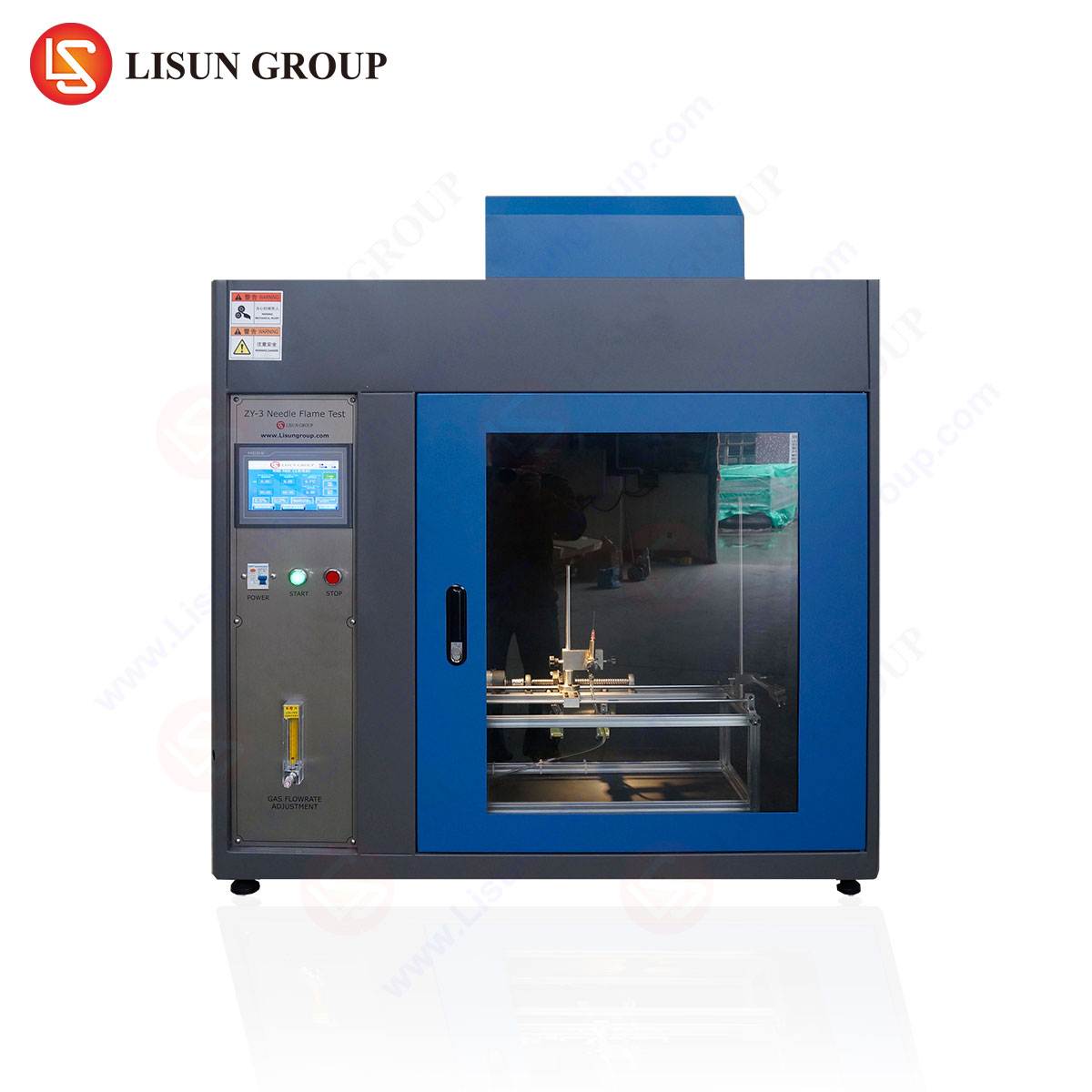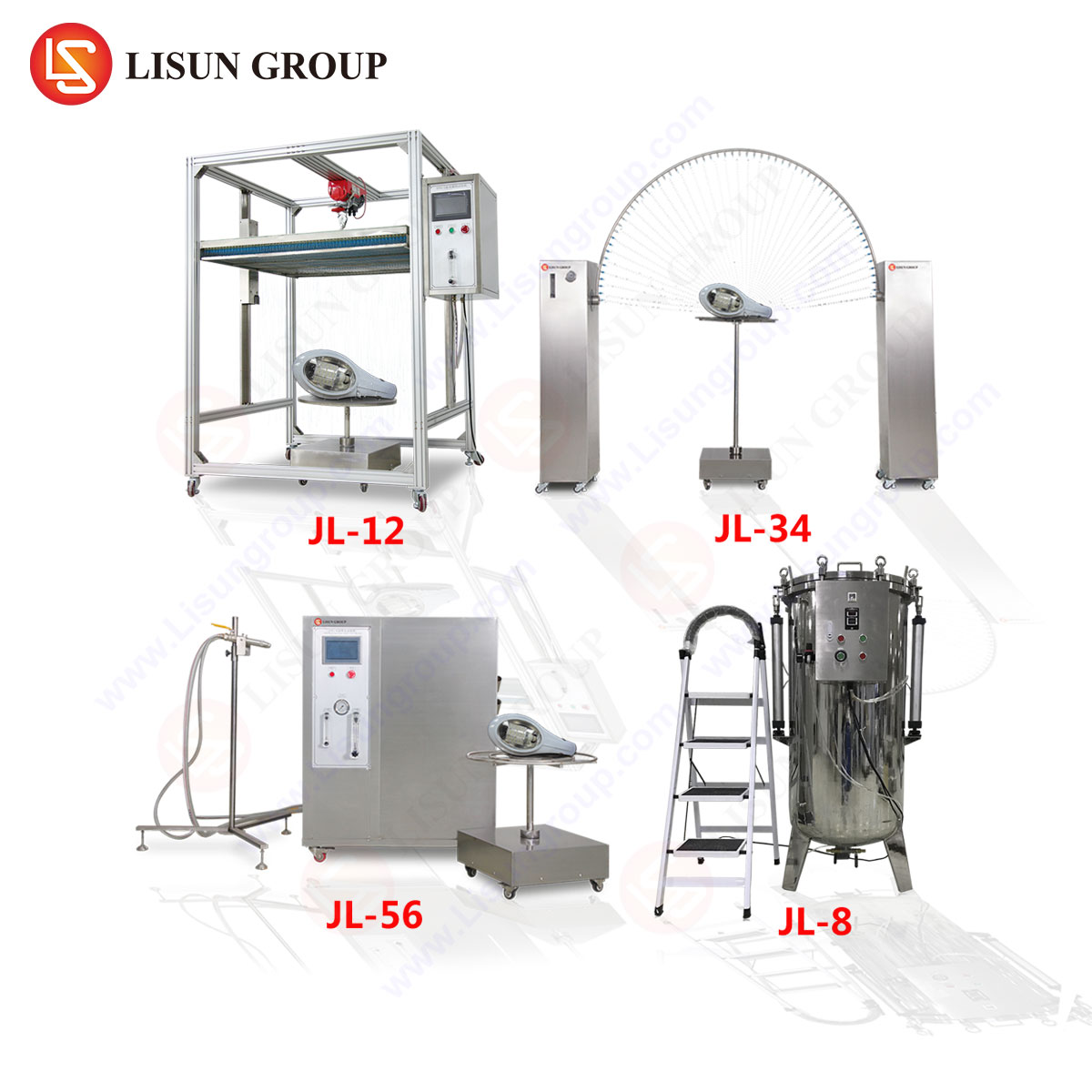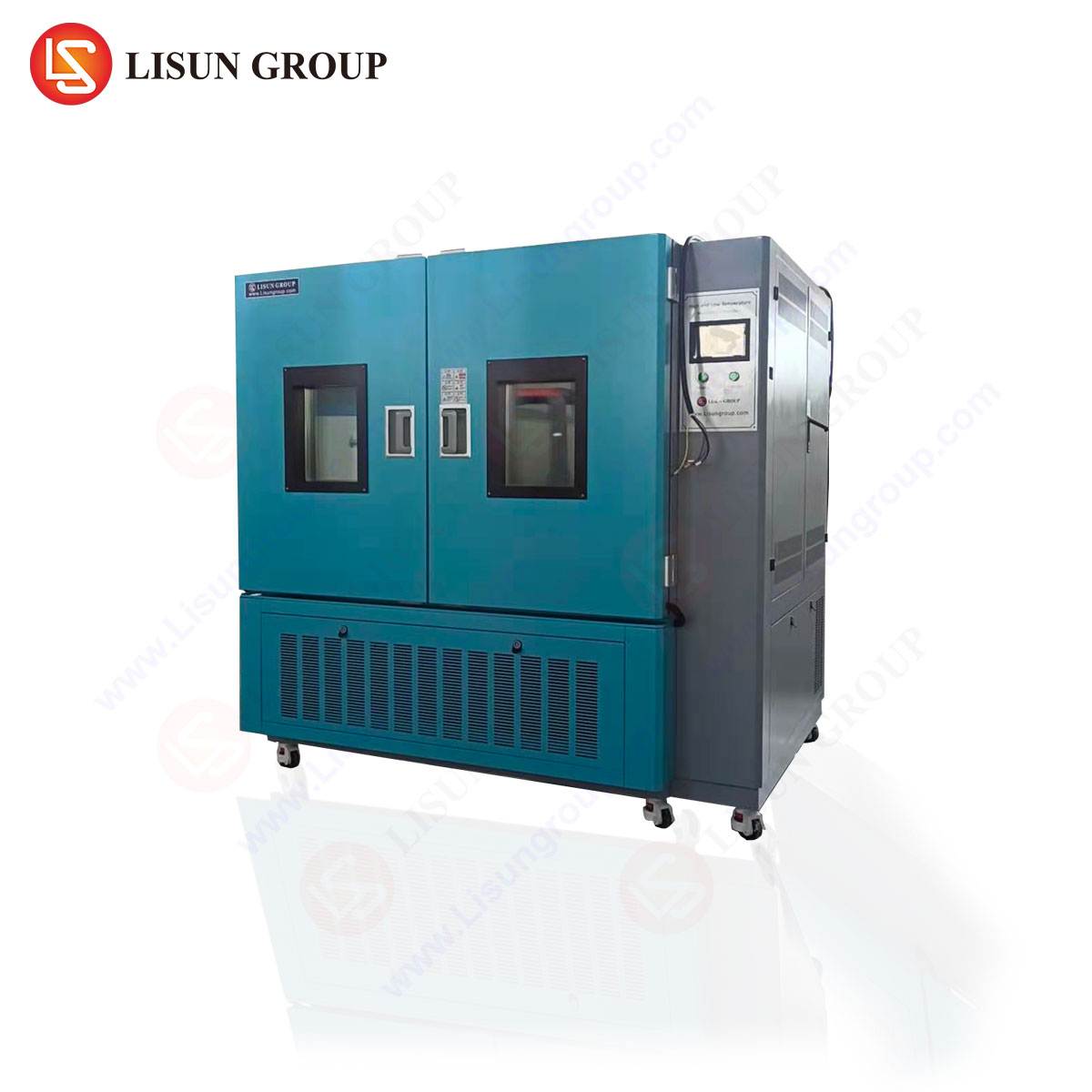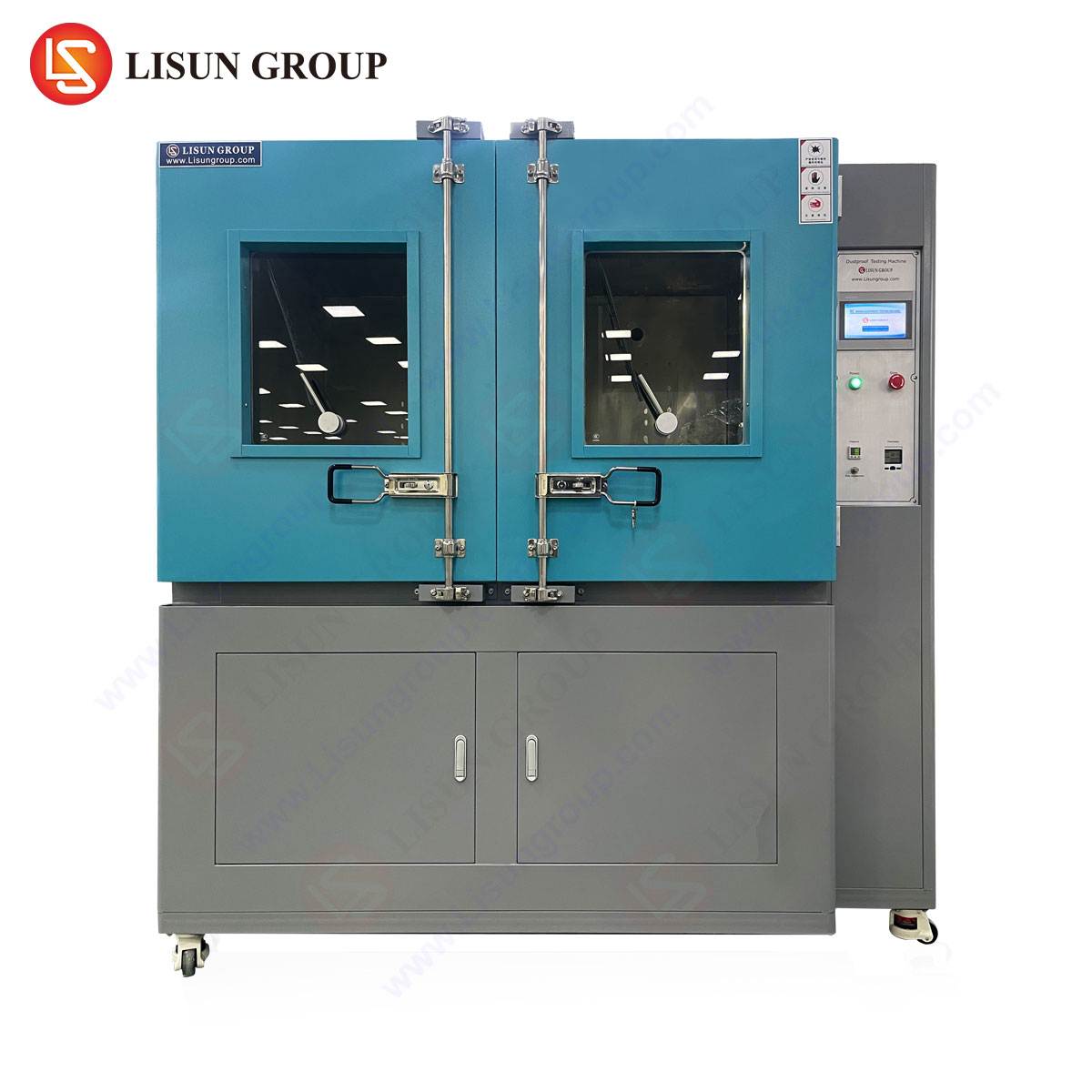Introduction to Glow Wire Testing for Fire Safety Compliance
Fire hazard assessment in electrical and electronic components is critical to ensuring product safety and regulatory compliance. The Glow Wire Test (GWT) is a standardized method to evaluate the flammability and ignition resistance of materials used in various industries. By simulating thermal stress caused by overheated or faulty components, this test helps manufacturers identify potential fire risks before products reach the market.
The LISUN ZRS-3H Glow-wire Test Apparatus is a precision instrument designed to conduct these assessments in accordance with international standards such as IEC 60695-2-10, IEC 60695-2-11, IEC 60695-2-12, IEC 60695-2-13, and GB/T 5169.10-13. Its robust design and advanced control mechanisms ensure repeatable and accurate results, making it indispensable for industries ranging from automotive electronics to medical devices.
Fundamental Principles of Glow Wire Testing
The Glow Wire Test evaluates a material’s resistance to ignition and flame propagation when exposed to a heated wire. The test involves applying a standardized Nichrome wire, heated to a specified temperature (typically between 550°C and 960°C), to the test specimen for a predetermined duration. Key parameters assessed include:
- Ignition Time: The duration before the material ignites.
- Flame Duration: How long flames persist after removing the heat source.
- Dripping Behavior: Whether molten material droplets ignite surrounding materials.
The LISUN ZRS-3H precisely controls these variables, ensuring compliance with stringent safety benchmarks.
Technical Specifications of the LISUN ZRS-3H Glow-wire Test Apparatus
The ZRS-3H is engineered for high repeatability and user safety, featuring:
| Parameter | Specification |
|---|---|
| Temperature Range | 550°C–960°C (±2°C accuracy) |
| Heating Element | Nichrome wire (Ø4.0mm) |
| Test Duration | Programmable (0–999s) |
| Sample Pressure | Adjustable (1.0N ± 0.1N) |
| Dimensions | 700mm × 500mm × 600mm |
| Power Supply | 220V AC, 50Hz |
Additional features include an integrated fume extraction system, digital temperature control, and automated test sequencing to minimize human error.
Industry Applications of Glow Wire Testing
1. Electrical and Electronic Equipment
Components such as circuit breakers, relays, and connectors must resist ignition under fault conditions. The ZRS-3H verifies compliance with UL 94, IEC 60950, and other safety standards.
2. Household Appliances
Materials in toasters, coffee makers, and washing machines undergo GWT to prevent fire hazards from electrical malfunctions.
3. Automotive Electronics
With increasing electrification, automotive wiring harnesses and control modules must pass ISO 20653 and LV 312 standards for thermal endurance.
4. Lighting Fixtures
LED drivers and plastic housings are tested to ensure they do not ignite when exposed to overheating components.
5. Medical Devices
Critical equipment, such as ventilators and MRI machines, must meet IEC 60601-1 flammability requirements.
6. Aerospace and Aviation Components
Cabin electronics and wiring systems are subjected to rigorous GWT to comply with FAR 25.853 and DO-160 standards.
Competitive Advantages of the LISUN ZRS-3H
- Precision Temperature Control: PID-regulated heating ensures ±2°C stability, critical for reproducible results.
- Automated Test Sequences: Reduces operator dependency and enhances testing efficiency.
- Comprehensive Safety Features: Includes overheat protection, emergency stop, and fume extraction.
- Multi-Standard Compliance: Validates tests per IEC, UL, GB, and ISO requirements.
Testing Methodology and Procedure
- Preparation: The test specimen is mounted in a holder, ensuring proper alignment with the glow wire.
- Heating Phase: The Nichrome wire is heated to the target temperature (e.g., 750°C for IEC 60695-2-12).
- Application: The wire is pressed against the sample with a 1.0N force for 30 seconds.
- Observation: Ignition time, flame duration, and dripping behavior are recorded.
- Post-Test Analysis: The sample is evaluated for compliance with pass/fail criteria.
Regulatory Standards and Compliance
The ZRS-3H supports testing aligned with:
- IEC 60695-2-10/11/12/13 (Glow-wire flammability testing)
- GB/T 5169.10-13 (Chinese national standards)
- UL 94 (Flammability of plastic materials)
- ISO 9772 (Foamed material testing)
Case Study: Glow Wire Testing in Automotive Wiring Systems
A leading automotive supplier used the ZRS-3H to assess the flammability of PVC-insulated wiring. At 850°C, the material exhibited no ignition, confirming compliance with LV 312-2 for high-temperature resistance.
FAQ: Common Questions on Glow Wire Testing and the ZRS-3H
Q1: What is the difference between glow wire and needle flame testing?
A1: Glow wire testing uses a heated wire to simulate component overheating, while needle flame testing applies a small open flame. The former is more representative of internal electrical faults.
Q2: How often should the Nichrome wire be replaced?
A2: The wire should be inspected before each test and replaced if oxidation or deformation is observed, typically after 50–100 tests.
Q3: Can the ZRS-3H test non-metallic materials?
A3: Yes, it is designed for plastics, composites, and insulating materials used in electronics and appliances.
Q4: What industries require glow wire testing?
A4: Key sectors include automotive, aerospace, medical devices, consumer electronics, and industrial controls.
Q5: Does the ZRS-3H include data logging?
A5: Yes, it features a digital interface for recording temperature profiles, test durations, and ignition events.







